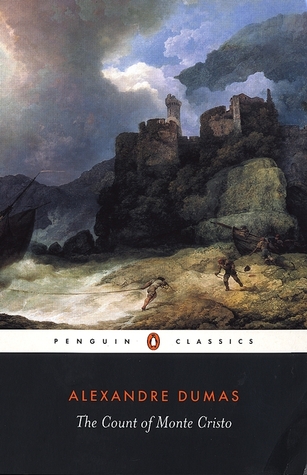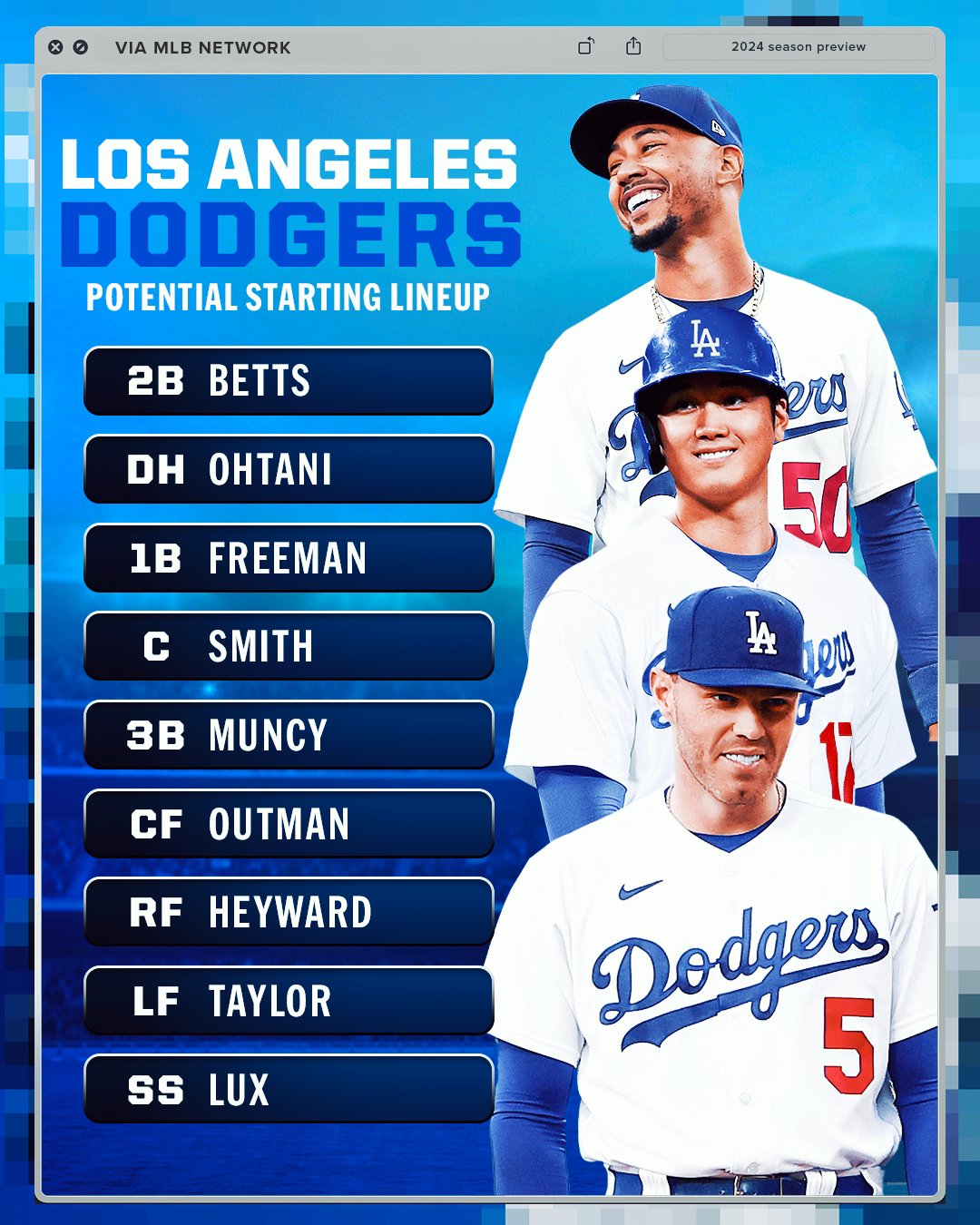A Modern Look At The Count Of Monte Cristo: Book And Film Review

Table of Contents
The Enduring Power of Dumas's The Count of Monte Cristo
Themes of Betrayal and Revenge
The Count of Monte Cristo masterfully explores the destructive nature of betrayal and the seductive allure of revenge. Edmond Dantes's unjust imprisonment, orchestrated by jealous rivals, forms the crux of the narrative. His meticulous planning of revenge, fueled by years of suffering and isolation, showcases the complexities of human emotion. The novel doesn't shy away from the moral ambiguity inherent in his actions; while seeking justice, Edmond inflicts significant pain and suffering on those who wronged him. This moral complexity, the exploration of "justice" versus "injustice," and the ultimate question of redemption makes the story eternally relevant.
- Unjust Imprisonment: Edmond's wrongful incarceration highlights the fragility of justice and the devastating consequences of unchecked ambition and treachery.
- Meticulous Revenge: Edmond's calculated schemes and his transformation from a naive sailor to a wealthy and influential Count demonstrate the seductive and potentially destructive power of revenge.
- Moral Ambiguity: The novel doesn't offer easy answers. Edmond's actions, while understandable given his suffering, raise profound questions about the nature of justice and the limits of revenge. The exploration of moral ambiguity within the themes of betrayal and revenge is what keeps The Count of Monte Cristo relevant today.
Characters and Their Development
The characters in The Count of Monte Cristo are richly drawn and compelling. Edmond Dantes's journey from wronged innocence to calculated avenger is a compelling arc of transformation. Fernand Mondego, driven by envy and ambition, embodies the destructive power of jealousy. Mercédès, torn between her past love and present reality, exemplifies the complexities of human relationships.
- Edmond Dantes: His unwavering determination and intellectual brilliance are showcased throughout his plan for revenge, highlighting his resilience and resourcefulness. Film adaptations often emphasize different aspects of his personality, from the brooding intensity to the charismatic charm.
- Fernand Mondego: Fernand's betrayal of Edmond is a chilling portrayal of unchecked ambition and the lengths people will go to achieve their desires. His portrayal varies greatly across different film versions, sometimes being depicted as more sympathetic, other times as purely villainous.
- Mercédès: Mercédès's character is crucial to the story; her role as the object of Edmond's affection, and her subsequent choices, offer a counterpoint to the destructive elements of the plot. Different adaptations portray her relationship with Edmond differently, impacting the overall tone and message.
The Novel's Literary Merit
The Count of Monte Cristo remains a cornerstone of classic literature, its enduring popularity a testament to Dumas's masterful storytelling. The novel's intricate plot, memorable characters, and vivid descriptions continue to captivate readers, solidifying its place in French literature and adventure novels. Its influence can be seen in countless subsequent works, inspiring generations of writers and filmmakers.
- Influence on Literature: The novel's themes of betrayal, revenge, and justice continue to inspire writers to explore similar conflicts in their works.
- Dumas's Writing Style: Dumas's engaging narrative style, full of suspense and intrigue, makes for a captivating read. The detailed descriptions of settings and characters transport readers to another time and place.
- Place in Literary History: The Count of Monte Cristo is considered a masterpiece of adventure literature, admired for its intricate plot, its memorable characters, and its enduring themes. Its place in literary history is secure.
A Comparative Look at Film Adaptations of The Count of Monte Cristo
Key Adaptations and Their Differences
Numerous film adaptations of The Count of Monte Cristo exist, each offering a unique interpretation of Dumas's epic tale. From the 1934 version starring Robert Donat to the 2002 film starring Jim Caviezel and the various miniseries, each adaptation takes creative liberties, resulting in significant differences in plot, characterization, and overall tone.
- 1934 Film Version: This early adaptation focuses more on the adventure elements of the story.
- 2002 Film Version: This version streamlines the plot and emphasizes the romantic and action aspects of the narrative.
- Various Miniseries: These offer a more detailed approach, allowing for greater character development and a more faithful adherence to the book's plot.
Strengths and Weaknesses of the Adaptations
While all adaptations strive to capture the essence of the original novel, some achieve this more effectively than others. Certain versions excel in their visual storytelling, while others falter in their portrayal of key characters or in simplifying the complex plot.
- Successful Adaptations: Successful adaptations effectively capture the spirit of revenge, the moral ambiguity, and the emotional depth of the original story.
- Creative Liberties: Adaptations often take creative liberties to condense the lengthy novel into a manageable film runtime; this sometimes impacts the accuracy and the nuance of the story.
- Critical Reception: Critical reception varies widely for each adaptation, reflecting differences in interpretation, faithfulness to source material, and overall cinematic quality.
The Modern Relevance of The Count of Monte Cristo on Screen
Modern adaptations of The Count of Monte Cristo often reflect contemporary concerns. The themes of corruption, wealth inequality, and the abuse of power resonate strongly with modern audiences, making the story strikingly relevant. These adaptations often offer a social commentary relevant to our own time, giving a fresh perspective on the classic tale.
- Corruption and Power: The story's exploration of political corruption and the abuse of power continues to be a timely and relevant theme.
- Social Justice: Edmond's quest for justice, though fueled by revenge, speaks to the ongoing struggle for justice and equality in society.
- Wealth Inequality: The disparity in wealth between Edmond and his enemies highlights the persistent issue of wealth inequality and its societal implications.
Conclusion
The Count of Monte Cristo remains a captivating tale, its themes of betrayal, revenge, and redemption resonating across centuries. While the numerous film adaptations offer diverse interpretations of the original novel, they all showcase the enduring power of Dumas's masterpiece. Each version highlights certain aspects of the story, while necessarily simplifying or altering elements from the original to fit a different medium. From the intricate plot to the complex characters, The Count of Monte Cristo continues to inspire and intrigue, leaving a lasting impact on literature and cinema. Read the book, watch the various film adaptations, and share your thoughts on which version of The Count of Monte Cristo you find most compelling in the comments below! Which adaptation of The Count of Monte Cristo do you consider the most faithful and successful? Let the discussion begin!

Featured Posts
-
 Bakole Vs Ajagba Fight Best Odds And Betting Tips
May 04, 2025
Bakole Vs Ajagba Fight Best Odds And Betting Tips
May 04, 2025 -
 Eight Year Old Teddy Magic Pulls Out Of Britains Got Talent Semi Final Fans React
May 04, 2025
Eight Year Old Teddy Magic Pulls Out Of Britains Got Talent Semi Final Fans React
May 04, 2025 -
 Ufc Des Moines Mma Betting Predictions And Best Odds Today
May 04, 2025
Ufc Des Moines Mma Betting Predictions And Best Odds Today
May 04, 2025 -
 Chicago Cubs Vs La Dodgers Mlb Tokyo Series Online Streaming Guide
May 04, 2025
Chicago Cubs Vs La Dodgers Mlb Tokyo Series Online Streaming Guide
May 04, 2025 -
 Showdown Saturday Nhl Playoffs Key Standings And Matchups To Watch
May 04, 2025
Showdown Saturday Nhl Playoffs Key Standings And Matchups To Watch
May 04, 2025
